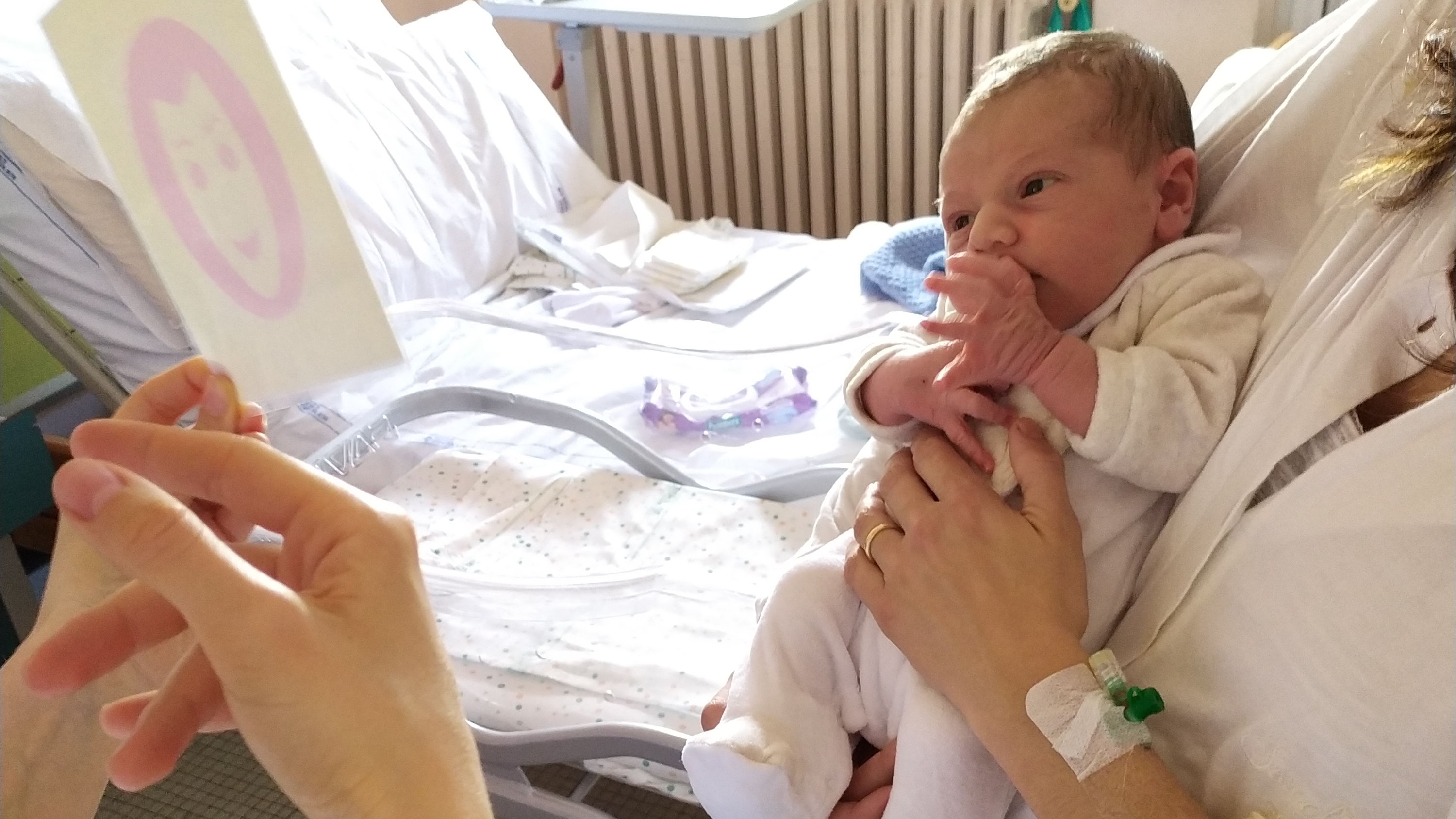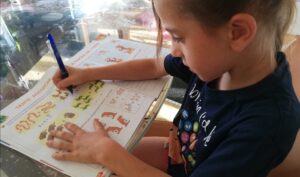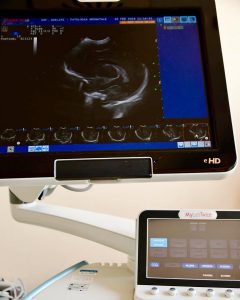Prematurity impacts 7-10% of the newborn population and depicts a different reality between each newborn. A newborn is considered premature if born at less than 37 weeks gestation. Today, thanks to perinatal care, Life Expectancy begins at 23 weeks gestation.
How can a premature baby see?
Different studies have thought to investigate this fascinating subject.
In particular, Dr Ricci and her team (Policlinic Gemelli of Rome) have applied on babies born at a gestational age between 25 and 35 weeks an assessment evaluation that analyzes the different visual abilities of the newborn (described in the image and previous articles). The results have revealed that the visual performance can be reliably evaluated starting from the 31st week of gestation, even when regarding most complex cases (1).
How have these studies been conducted?
The evolution has been studied by comparing, among same babies, the visual tests carried out before 35 weeks of gestation with those obtained rereviewing subsequently at the age of term (40 weeks); in addition, the results obtained at 40 weeks have been compared to those of babies born at term.
What reflections can we draw from these comparisons?
The term born and premature babies have revealed important differences among the two groups which have allowed to distinguish different visual abilities (2).
The eye movement and most complex visual following (along vertical and arched trajectories), are more mature in preterm babies than in term babies: this suggests that these visual abilities better evolve thanks to precocious experiences (including the experience felt in the NICU incubators).
The visual acuity and the focus on distance, on the other hand, have proven to be more developed in the term baby, suggesting that these functions depend on the gestational maturity rather than the time spent outside of the womb.
What to these different developments depend on?
What difference are there between the different stages of prematurity, and how do these impact vision?
You will find the answer to these questions in the next episodes of “Looking for Vision!”
Bibliography:
Dott. Simone Strano and Dott.ssa Michela Bassi





